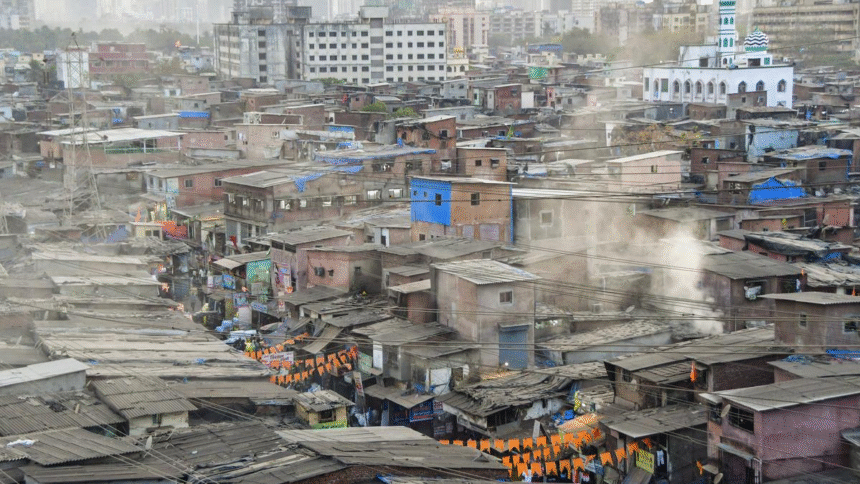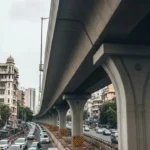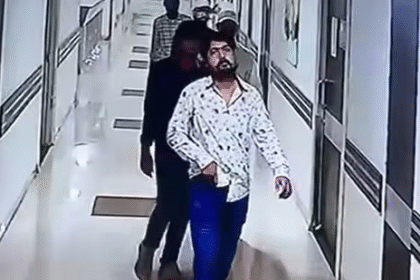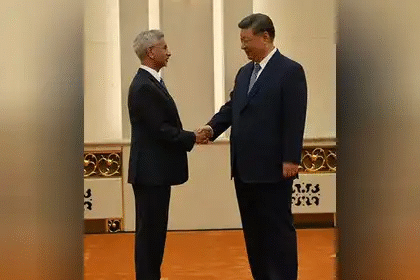Bombay HC Dismisses PIL Against Salt Pan Land Transfer for Dharavi Redevelopment; 1,000s to Be Relocated
Bombay High Court dismisses PIL challenging the transfer of salt pan lands for Dharavi redevelopment, paving the way for relocating thousands of affected residents
Mumbai, July 11, 2025 — In a major development that paves the way for one of India’s largest urban transformation projects, the Bombay High Court has dismissed a Public Interest Litigation (PIL) that challenged the transfer of salt pan lands for the rehabilitation of Dharavi residents affected by the ambitious Dharavi Redevelopment Project (DRP).
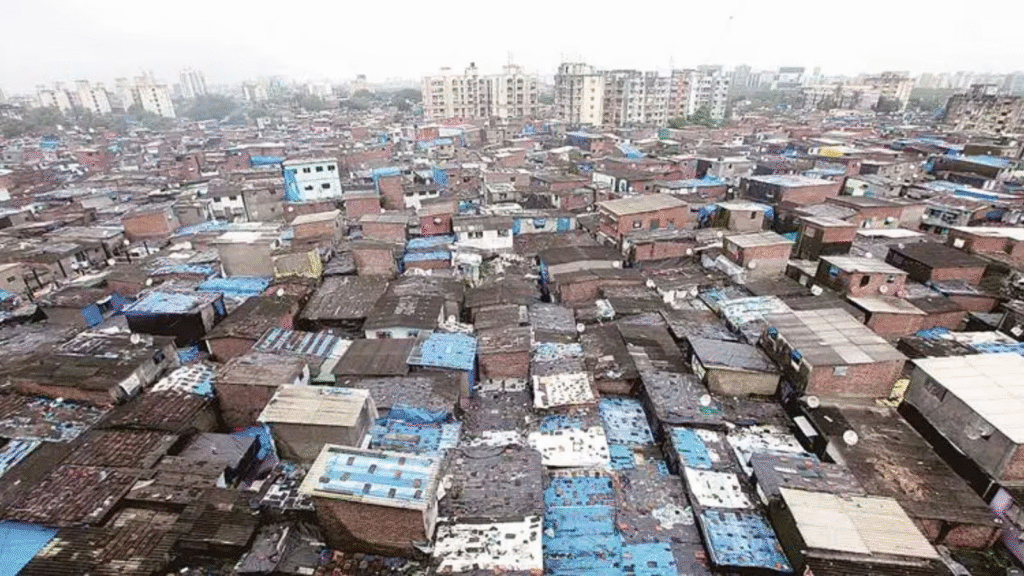
The court’s ruling comes as a significant relief to the Maharashtra government and the Dubai-based firm SecLink Group, which is spearheading the multi-billion-dollar project. It also brings renewed hope to over 10,000 families awaiting relocation from the congested slum cluster.
Located in the heart of Mumbai, Dharavi is Asia’s largest slum, spread across approximately 240 hectares, and home to more than 1 million residents. Despite its reputation for cramped housing and poor sanitation, Dharavi is also a vibrant hub of small-scale industries including leather, pottery, recycling, and textiles.
The Dharavi Redevelopment Project (DRP), which has been in planning stages for over two decades, aims to:
- Resettle eligible residents into modern housing units
- Create infrastructure upgrades such as roads, drainage, sewage, and healthcare facilities
- Integrate Dharavi into the city’s formal urban economy
- Free up high-value land for commercial and residential use
To implement the project, the state government had proposed transferring portions of salt pan land, considered environmentally sensitive, from the Centre to be used for rehabilitation housing. This triggered legal challenges.
The PIL was filed by an environmental NGO and a group of local activists, arguing that salt pan lands are part of the eco-sensitive coastal ecosystem, protected under environmental laws. The petitioners claimed:
- Illegal transfer of land owned by the Centre without public consultation
- Environmental degradation from construction on sensitive marshy lands
- Violation of Coastal Regulation Zone (CRZ) rules
- Lack of transparency and potential threat to mangroves and biodiversity
The petition demanded a stay on the transfer and a review of alternative sites that would not damage coastal ecosystems.
The Bombay High Court, however, dismissed the PIL in its entirety, calling the petition “misconceived and premature.” A division bench of Chief Justice Devendra Kumar Upadhyaya and Justice Girish Kulkarni ruled that the land transfer was done in compliance with legal protocols, and that no conclusive environmental harm had been demonstrated.
“Development and environmental protection must go hand-in-hand. The transfer of salt pan land for public housing, under legal guidelines, does not by itself constitute an environmental threat,” the court observed.
The judges also noted that the Environmental Impact Assessment (EIA) had been initiated and would be subject to public scrutiny before final approvals.
- The court found no legal violation in the land transfer process
- Emphasized the need for balance between ecological preservation and human rehabilitation
- Directed the government to ensure compliance with environmental safeguards
- Allowed the redevelopment project to proceed without injunction
The Maharashtra Housing Department welcomed the verdict, calling it a green light for the long-stalled project. In a press statement, Housing Minister Ravindra Waikar said:
“This judgment will help us provide dignified housing to thousands of Dharavi residents who have lived in sub-human conditions for decades. We will ensure environmental safeguards are fully respected.”
The minister confirmed that the government plans to relocate over 10,000 families to temporary housing within the next 6 months, followed by permanent allocation in newly built towers by late 2026.
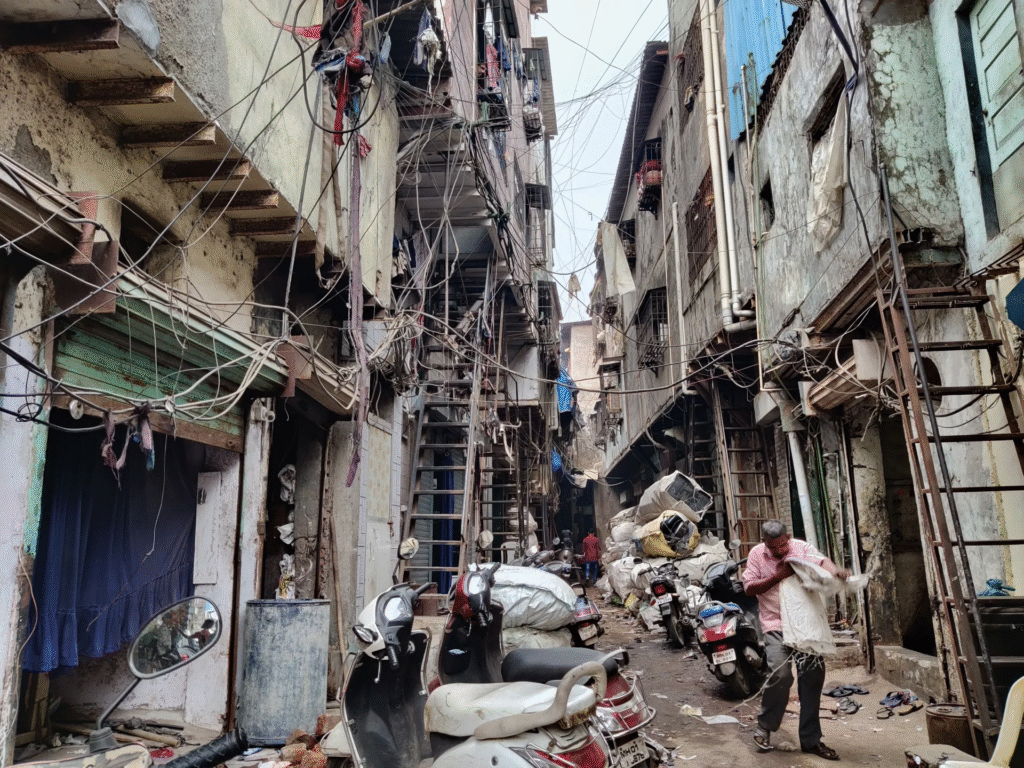
For many Dharavi residents, the court’s ruling brings long-awaited progress. Eligible residents, those who can prove residency before 2000, are set to receive free 350 sq ft flats in high-rise buildings within the Dharavi zone or nearby areas.
While relocation is never easy, many families view the redevelopment as a chance to live in safer, cleaner homes with access to running water, electricity, and sanitation.
“I was born in Dharavi. We’ve waited 20 years for this to happen. I’m happy the court did not stop the project,” said Sunita Jadhav, a 42-year-old local entrepreneur.
While the court’s decision has been celebrated by the state and several resident groups, environmental activists remain critical.
Advocate Ritika Sharma, who represented the petitioners, stated:
“The judgment disregards serious ecological implications. Once you destroy salt pans and wetlands, they’re gone forever. The state should have looked at alternative rehabilitation models.”
Urban planners and environmental scientists have called for sustainable development practices, suggesting that high-density housing should be balanced with adequate green spaces and water conservation systems.
With legal hurdles cleared, the Dharavi Redevelopment Project is expected to accelerate in the coming months. According to sources in the Mumbai Metropolitan Region Development Authority (MMRDA) and SecLink Group, the next steps include:
- Finalization of rehabilitation land parcels
- Detailed Environmental Impact Assessment (EIA)
- Construction of initial relocation towers by Q1 2026
- Gradual demolition of unsafe structures in Dharavi
- Creation of new roads, transport nodes, healthcare, and education hubs
The entire project is expected to take 6–8 years and involve a budget of ₹28,000 crore (approx. $3.3 billion).
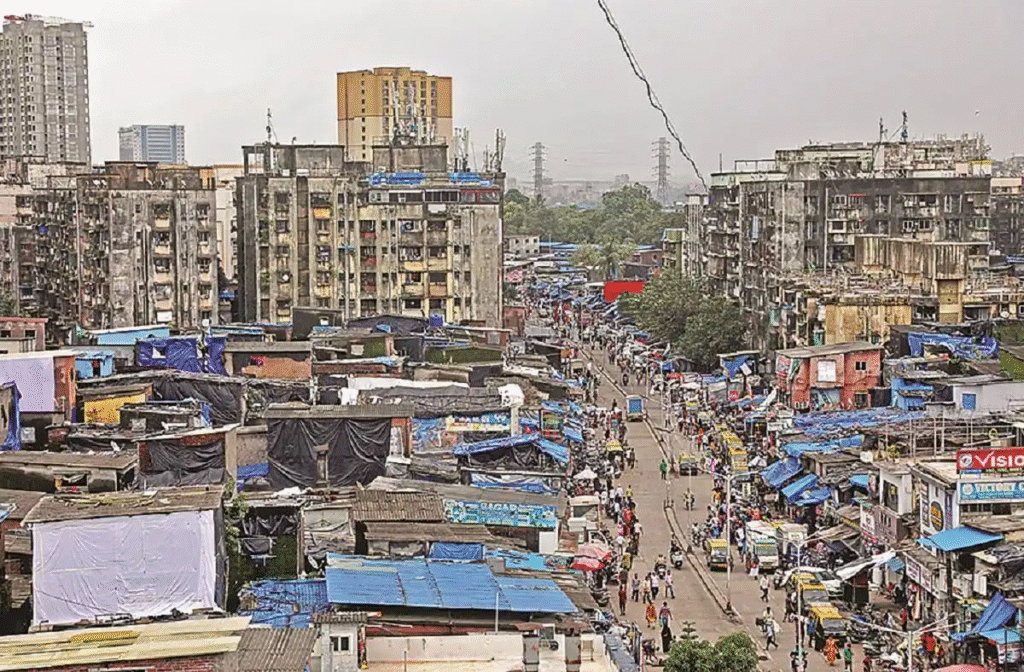
The Bombay HC’s ruling could set a precedent for future urban transformation efforts across India, especially in megacities like Delhi, Kolkata, and Chennai where informal settlements and environmental concerns often clash.
While concerns about ecological degradation remain valid, the court’s message was clear: social justice through rehabilitation cannot wait forever.
Read Also : US Hikes Visa Fees for Indians: New Rates ₹16,000 to ₹40,000 for Tourists, Students Starting August 2025


